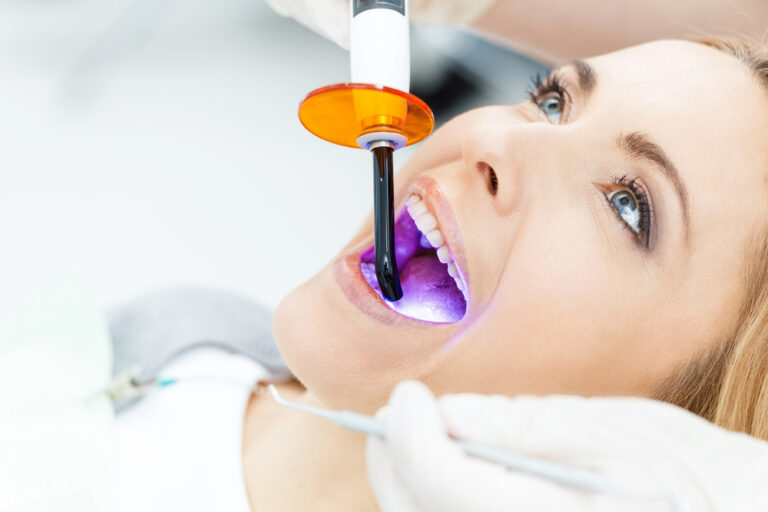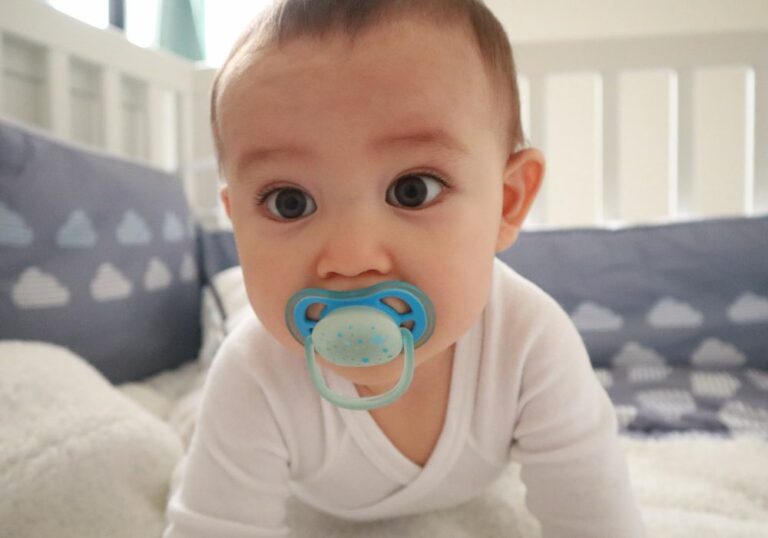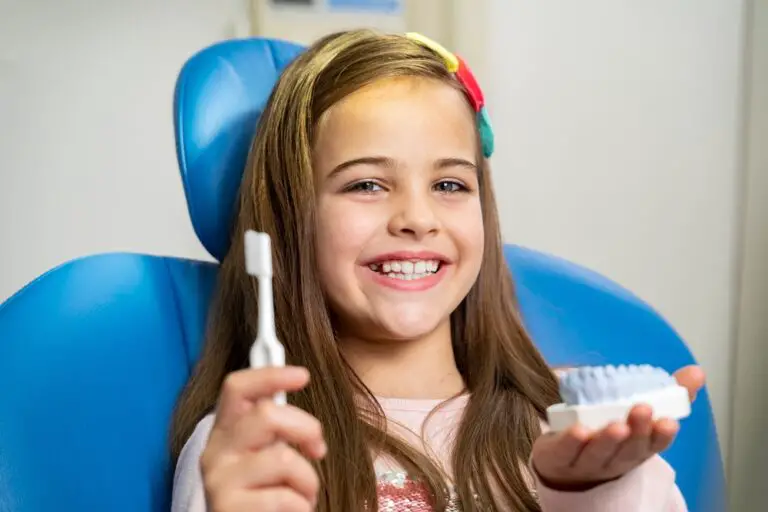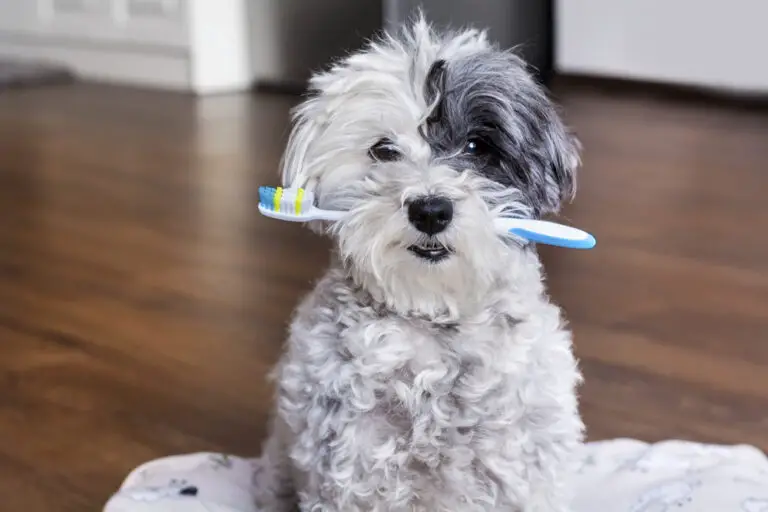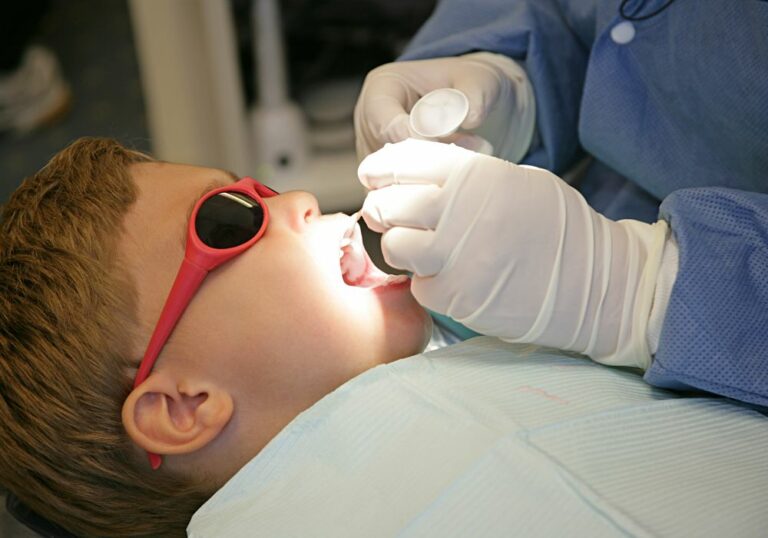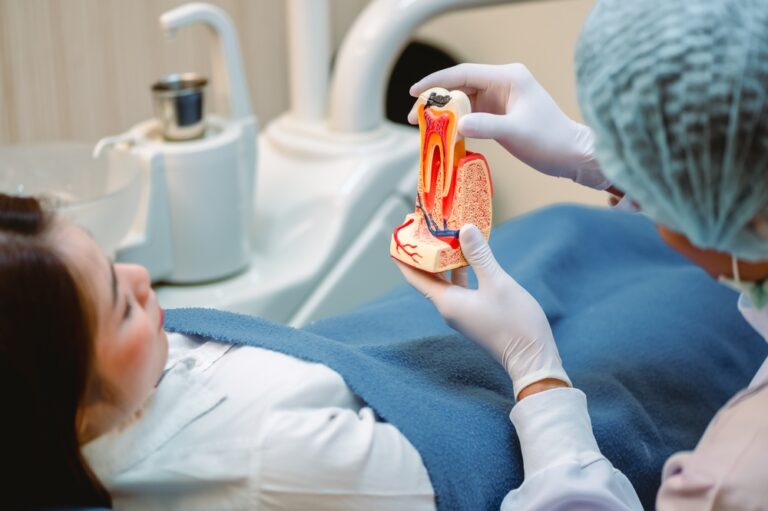If you are here reading this, it is safe to assume that you recently had a fluoride treatment or need one in the future! Either way, get ready because we will review some crucial and interesting information about fluoride treatment and aftercare in this article!
Those that have undergone fluoride treatment often ask: “When can I brush my teeth after fluoride treatment? Well, the answer depends on a couple of things! First, it depends on the type of treatment you receive (there are different methods) and the recommendations made by your dentist!
Fluoride Treatment: What Does it Entail?
In case you are about to have your first fluoride treatment, buckle up, this section is for you! Fluoride treatment is a type of procedure that aims to re-mineralize tooth enamel and is used in preventive dentistry.
The procedure lasts around 45 minutes, in most cases. Before the treatment, your dentist will first examine your oral cavity and then establish whether the treatment is sustainable.
- Why is Fluoride Important for Dental Care?
Did you know that fluoride is a mineral? Yes! You have probably heard about it from toothpaste commercials, and it is often seen on toothpaste packages. Usually, dentists recommend using toothpaste with fluoride!
If you have ever wondered why, here is the answer. This trace mineral, naturally occurring in water, soil, rocks, and many foods is mostly recognized as a toothpaste ingredient that helps prevent and reverse cavities or tooth decay.
How? Well, fluoride strengthens the tooth’s outer surface, known as enamel. Although self-explanatory, enamel is important because it protects the inner layers of teeth, also known as dentin.
Considering that we consume many hot or cold sugary and acidic drinks it is crucial to ensure that your enamel stays strong. Without enamel, teeth are more susceptible to tooth decay and other dental conditions.
Like most natural compounds and chemicals, too much fluoride can be toxic and cause discoloration of teeth, poor mineralization, and mottled enamel.
This explains why you will see some “fluoride-free” toothpastes, although fluoride toothpastes are said to be better for cavity control.
Fun Fact: Enamel is the second hardest material in the world, after diamonds!
When Can I Eat After Fluoride Treatment?
When it comes to dental care, always follow the instructions given by your dentist! Now, when it comes to topical fluoride treatment, the fluoride needs to stay on your teeth for at least half an hour.
So, in that 30 minutes, avoid smoking, eating, and rinsing your mouth. During these 30 minutes, your teeth’s enamel will absorb the natural mineral as much as possible. Generally, it is not an inconvenience if you have a meal before the appointment (always thoroughly brush your teeth).
And even if you did not, by the time you leave your dentist’s office, hop into your car, and drive to your house, the 30 minutes will be up. Even though you may be tempted to eat, it is highly important that you do not and respect the 30-minute rule after the treatment.
Following the instructions will also ensure you get your money’s worth because eating or brushing the teeth right after the treatment may hinder fluoride absorption.
When Can I Brush My Teeth After Fluoride Treatment?
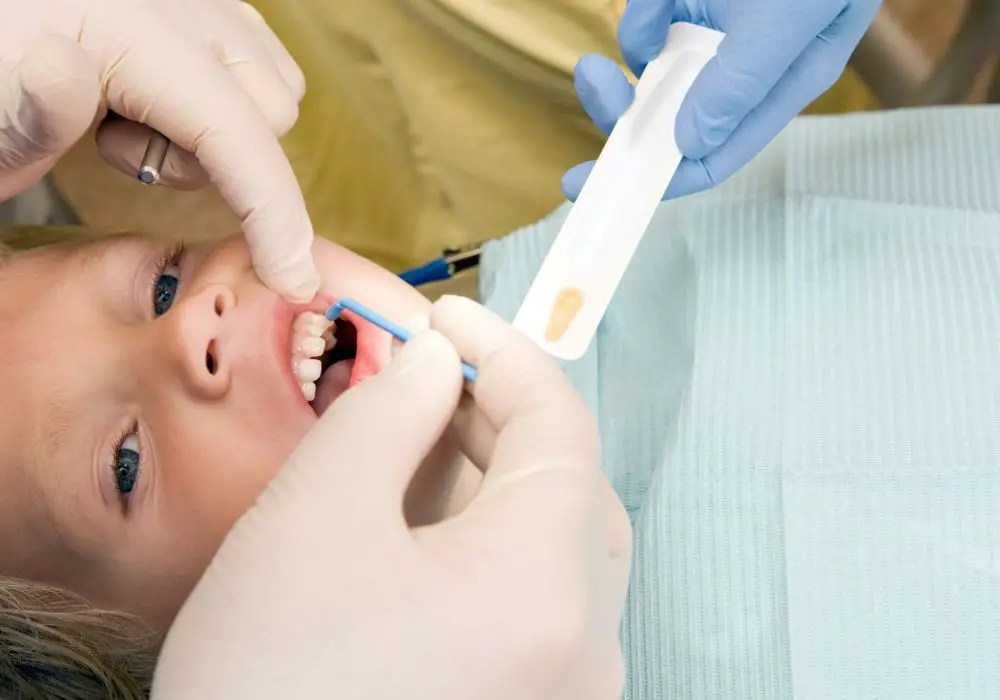
After the fluoride treatment, you should avoid brushing your teeth for at least 4 to 6 hours. If you have ever had a fluoride treatment, you may be familiar with the aftermath of the procedure.
Over the years I have had several professional fluoride treatments and sometimes my gums and teeth would feel a bit sensitive, which is completely normal. The process is completely painless and includes painting on fluoride varnish or gel by your dentist or nurse.
However, brushing and flossing your teeth may take off the fluoride, making the entire procedure pointless. The 30-minute rule applies only to eating, not brushing, because chewing food will not remove much of the fluoride.
Therefore, you can resume brushing and flossing your teeth 6 hours after the treatment.
Fluoride Treatment: Aftercare
So, we have gone over brushing, flossing, and eating after fluoride treatment. However, there is more! As mentioned, your teeth and gums may feel a bit sensitive, which means that drinking ice-cold or hot drinks will not be a pleasant experience!
Also, refrain from eating crunchy and crispy food and consuming alcohol for at least 4 hours. Extremely acidic drinks and foods are also on top of the “Do Not List” because they may disrupt fluoride absorption.
Your dentist has probably mentioned that you do not use over-the-counter fluoride-containing mouthwash and rinses. After six hours, you should brush and floss your teeth to remove any fluoride that has remained in your teeth.
Fluoride Treatment: Fluoride Varnish vs. Gel/Foam Treatment
If you are scheduled for a fluoride treatment and do not know what to expect, you must know about the two most common methods.
Fluoride Varnish Treatment
Compared to regular gel/foam treatment, fluoride varnish is a newer method, and the main difference is in the application of the fluoride. With this method, the dentist paints the fluoride using a small brush onto your teeth, and as it gets into contact with saliva, it starts setting in.
Considering that the process (of setting in) is not immediate, that is the reason why the dentist instructs you to wait with brushing and eating.
Unlike gel/foam treatment, varnish has a higher concentration of fluoride and is said to be more effective in preventing tooth decay. In addition, a lot of dentists prefer this method because of its easy application.
Gel/ Foam Treatment
This method is considered a bit ‘old school’, but that does not mean it is ineffective! The dentist will use either gel or foam, which was previously placed in trays that match the shape of your teeth.
Then, the tray will be placed into your mouth, similar to some whitening methods. The dentist will tell you to bite into the tray for at least four minutes.
Although the preparation phase of this method may seem a bit complicated, most dentists love it because they can apply the fluoride simultaneously to all teeth.
Regarding the difference between foam and gel treatment, foam is the preferred choice because you need less of it for the treatment. This also means that it is a better option for kids because it can decrease the risk of ingestion.
As you know, ingesting large quantities of fluoride can be highly dangerous and cause numerous health issues. Adults usually do not have issues with ingestion, but kids do, and that is why this treatment needs to be done by a professional.
Some of the common side effects of fluoride poisoning include vomiting, nausea, and abdominal pain.
Benefits of Fluoride Treatment
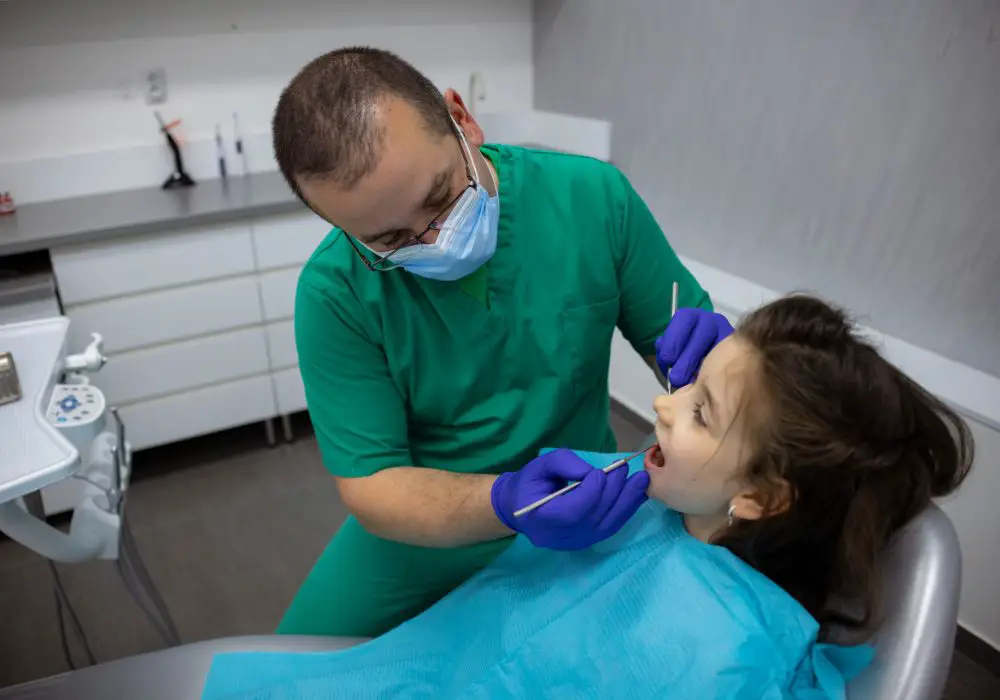
Although most people hate dentists because most dental procedures include pain and discomfort, prevention is the best type of dental care. When a tooth has gone past the fixing stage and is too decayed, there is nothing to be done but to take it out.
That is why it is important to go to the dentist even if you do not feel any pain or have some issues with your teeth!
Fluoride treatment will strengthen the tooth enamel or the protective layer, and by doing so, it will prevent bacteria from getting into the inner layers of teeth, which causes tooth decay. In addition, it prevents bad bacteria from multiplying and potentially ‘attacking’ your teeth.
Also, your dentist will inform you, a fluoride treatment will not fix your cavities or remove the decay but will ‘postpone your future dental appointments’. Getting a fluoride treatment twice a year will prevent or at least slow down the decay of your teeth.
Considering that good oral hygiene has numerous health benefits and this treatment is considered a part of it, taking your children to this treatment will decrease the likelihood of them getting cavities.
Also, a fluoride treatment will not whiten your teeth, but if combined with other teeth-whitening solutions and agents, it can!
Eating Soft and Hard Foods After Fluoride Treatment
Following the fluoride treatment, it is suggested that you stick to soft foods for two to three hours.
Those include mashed potatoes, pasta, soft fruits like bananas and melon, cheesecake, applesauce, and yogurt. The main rule is to stick to foods and drinks that are not too hot or too cold and too sugary.
When it comes to hard food, you have a green light for consumption after six hours.
Conclusion
So, you can brush your teeth 4 to 6 hours after the fluoride treatment! You can eat after 30 minutes but try to stick to soft food for at least three hours. When it comes to hard foods, you can eat those after six hours.
Although there are some common guidelines for aftercare and generally this treatment, always follow your dentist’s instructions.
Have you had a fluoride treatment, or are you about to? Please share your experience with us! If you have any questions, there is a comment section, so feel free to share them!

